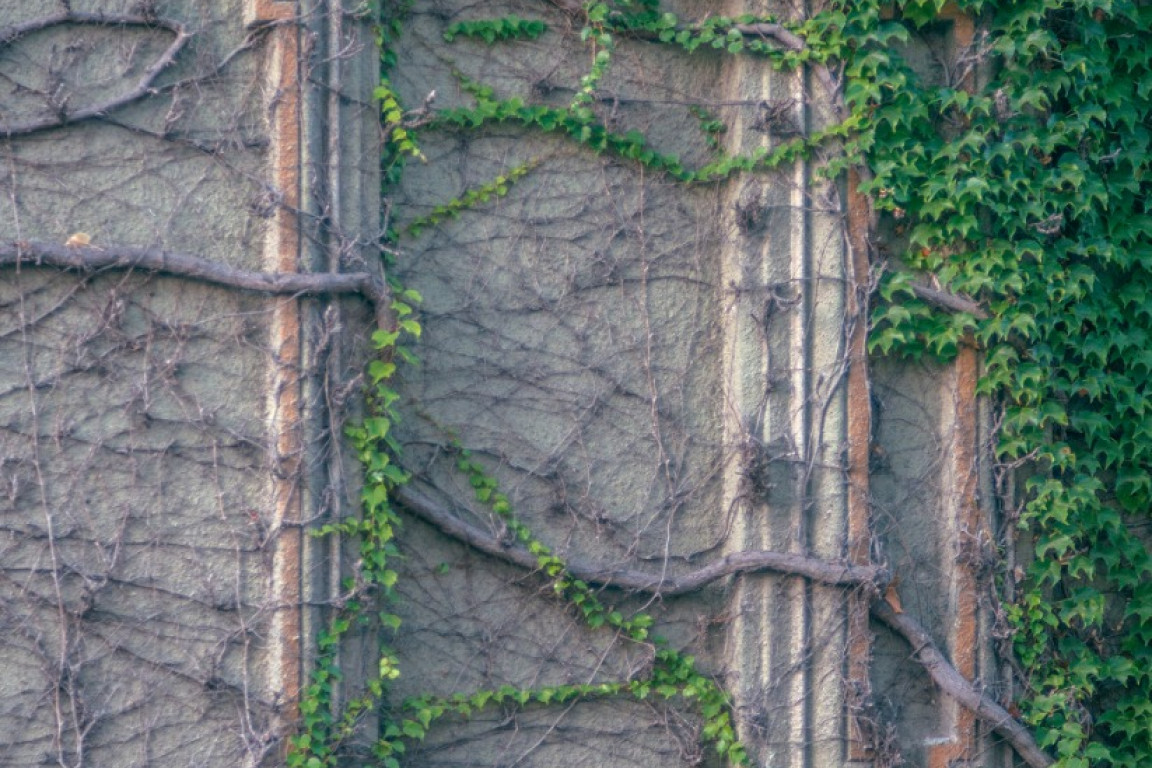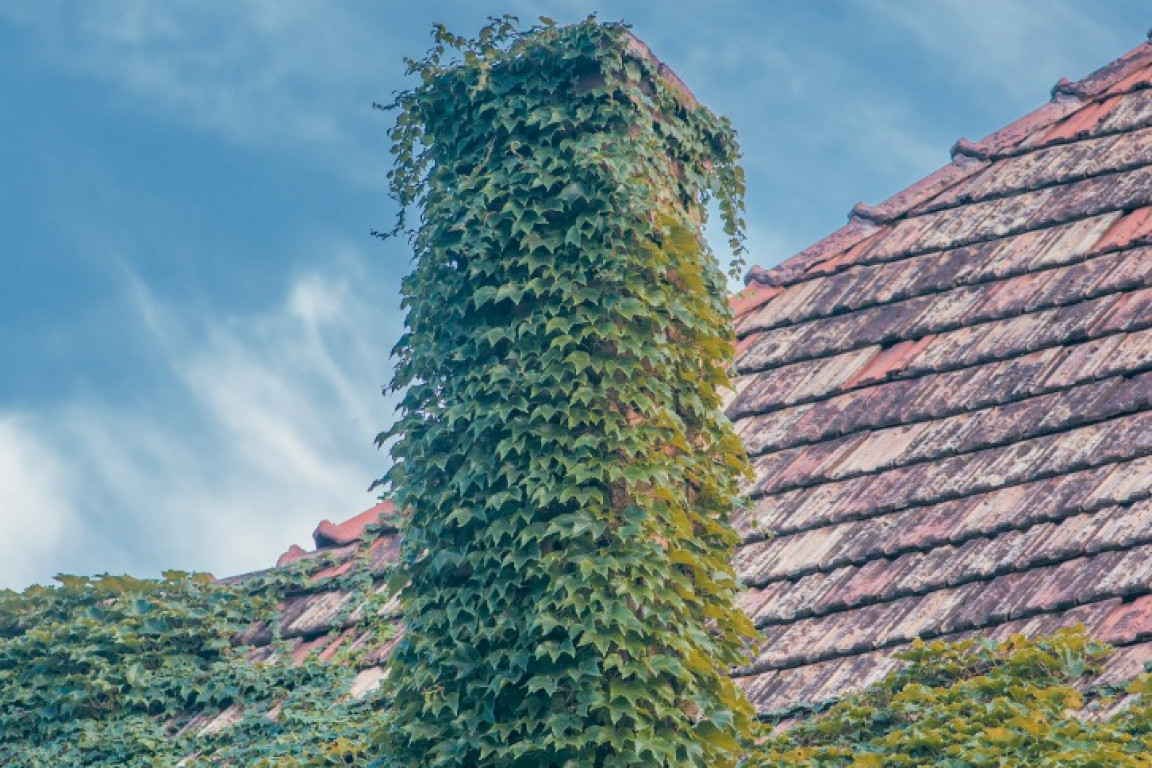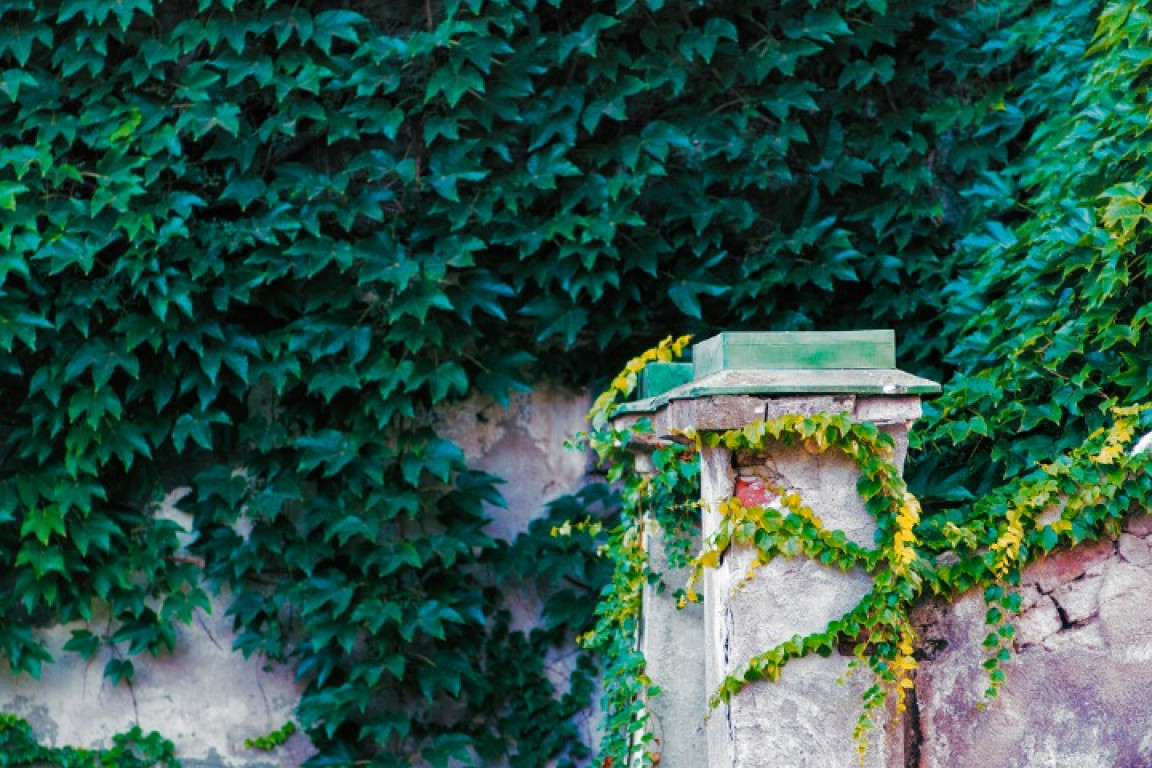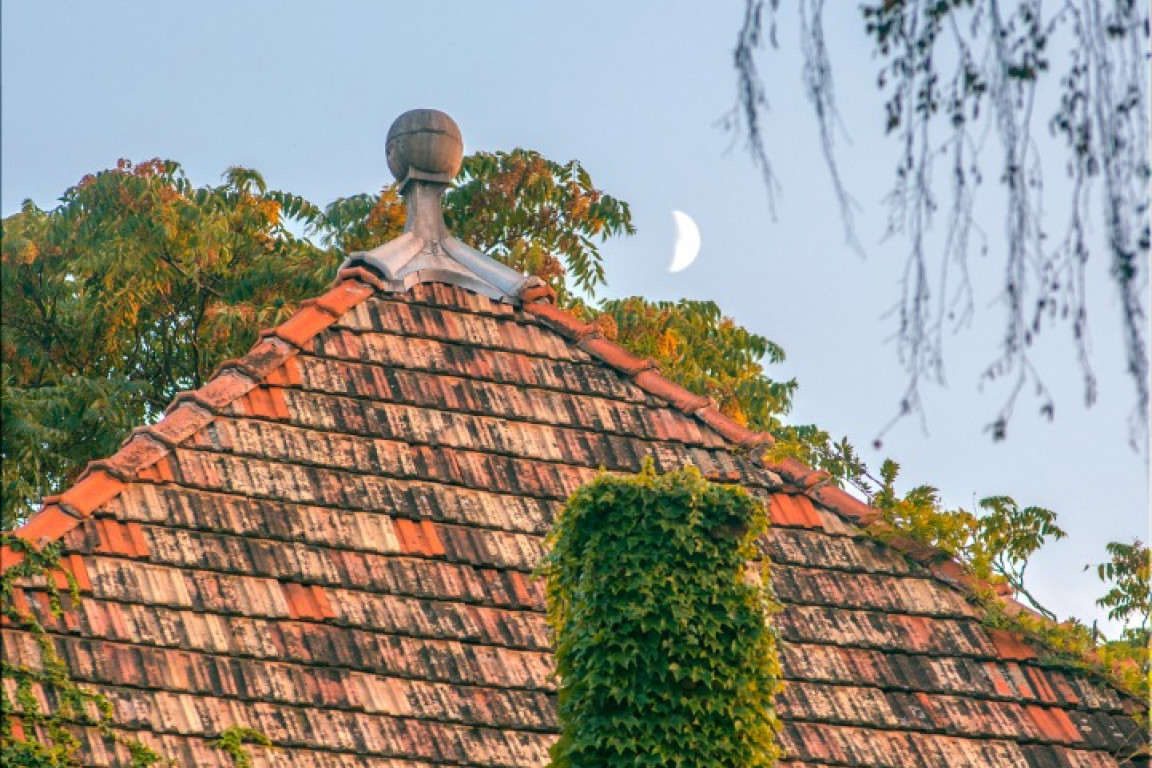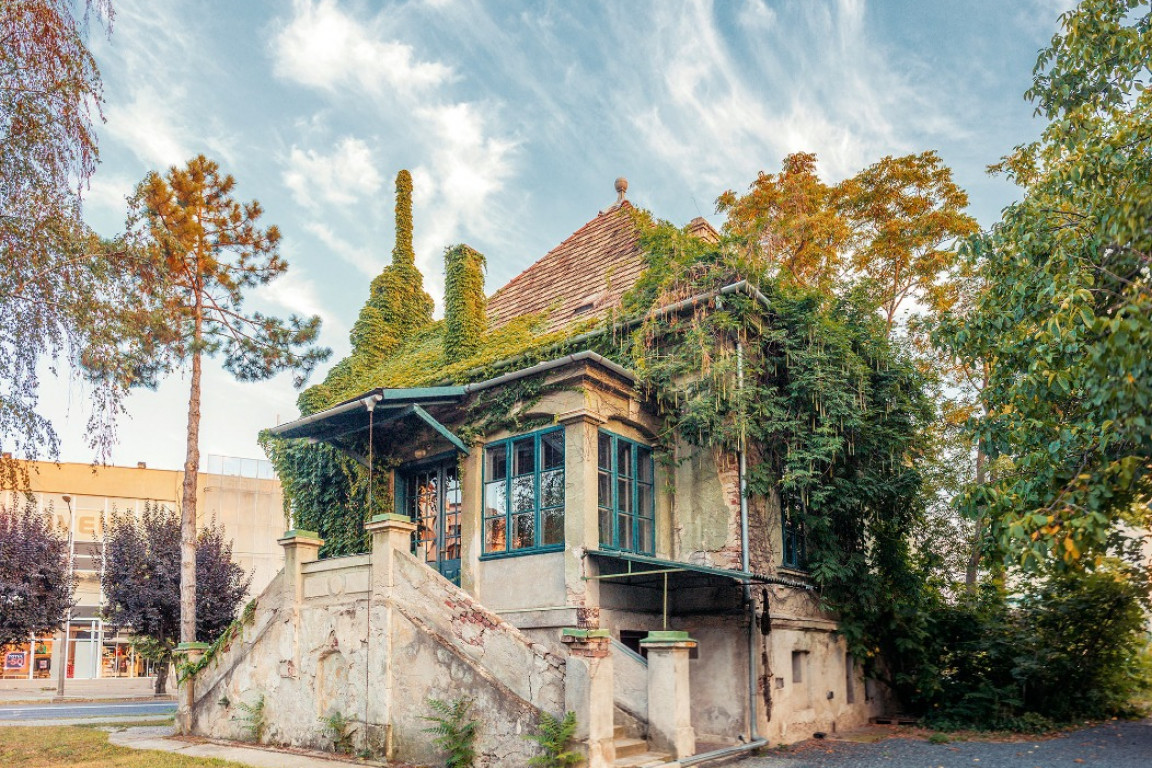Majestically located in a park on the shores of Bega river, hidden behind a curtain of vegetation, The House With Ivy is surely one of the most mysterious buildings in Timișoara. The imagination of generations of inhabitants of the city has been stirred up by the questions: what is the story of that house? Who, when and why did they build it? What does the building look like inside? All these questions will be answered in the following lines.
In order to understand the story of the house, one needs to look at the city’s history from the perspective of parks and urban gardening. At the middle of the 19th century the first examples of complex landscape design appeared in the city and the work of urban gardeners such as Niemetz, Agátsi sau Mühle, created the necessity for an administrative structure dedicated to this occupation. After the Industrial and Agricultural Exhibition (organized in Timișoara in 1891), around the time the shores of Bega river were being landscaped and the city was developing (especially the street connecting Fabric neighbourhood with Cetate neighbourhod, which cut through the old horticultural colony of the city), the Town Hall decides moving the colony and building a specially designed ensemble for it.
In the first years of the 20th century, after a public auction for the new horticultural ensemble which was to include an administrative building, glasshouses and dependencies, the project was assigned to master constructor Lipót Löffler. The new horticultural ensemble was 3 acres in surface and was located on the southern shore of Bega, close to the confluence with Suboleasa Canal (which is today covered). The experience and refinement of Lipót Löffler materialized in one of the most elegant villas in town, and the only one that survives of the old horticultural ensemble. The villa stands out for its relationship with the surrounding environment as it is perfectly integrated in the park, bringing unique value to the urban landscape of the city.
Although the main facade is fully hidden behind a curtain of Canadian Vine (Parthenocissus quinquefolia)*, one can still make out the elegant silhouette of the pediment, together with the well-balanced proportions of the house. The entrance area with its forked staircase and portico guards a couple of fragments of geometrical decorations. The other two facades display subtle details of the window surrounds and profiled cornice. Through the leaves that cover even the finial on the roof, one notices the wrought iron work of a weathervane. But despite all these refined details, the wall of Canadian Vine (mistaken for ivy, which explains the name of the house) is the defining element that makes the house a reference in the collective consciousness of the community.
After uncovering the story of the house, a new layer of mystery is about to be lifted as part of the project Heritage of Timișoara, when The Mühle Museum will open in The House With Ivy. The event is a tribute to the biggest family of gardeners and landscape designers in the city, a great occasion to also explore the interior of this historical building.
*note - As oral tradition in Timișoara uses the syntagm The House With Ivy to refer to the building in this article, we have decided to keep the terminology.


